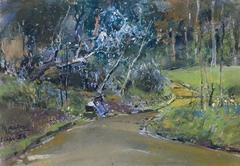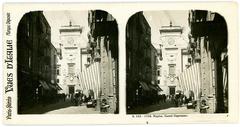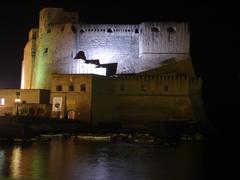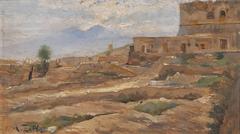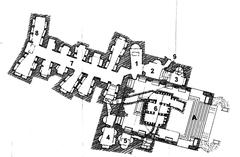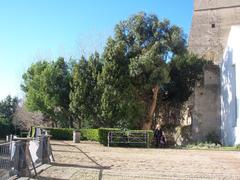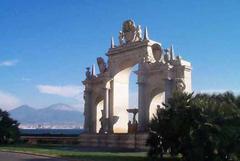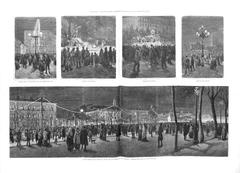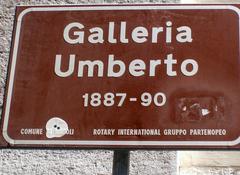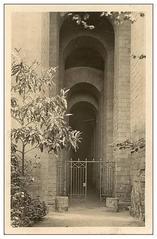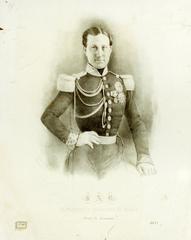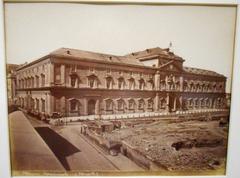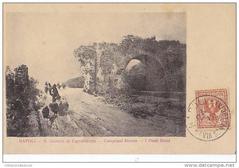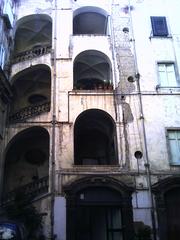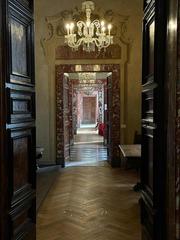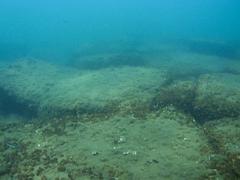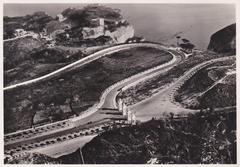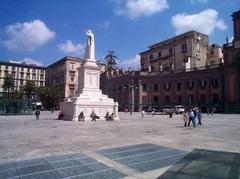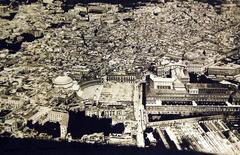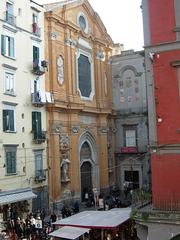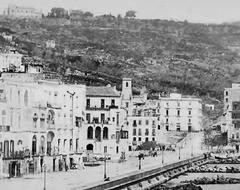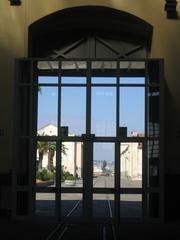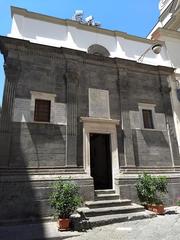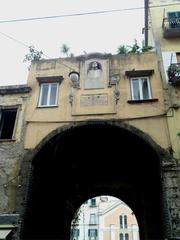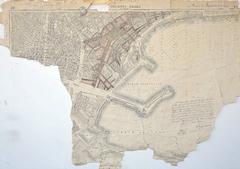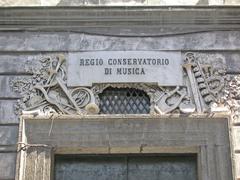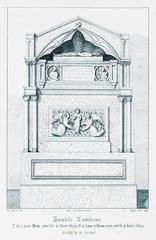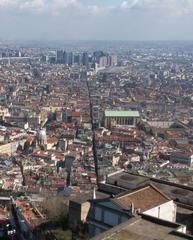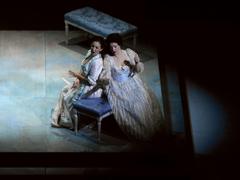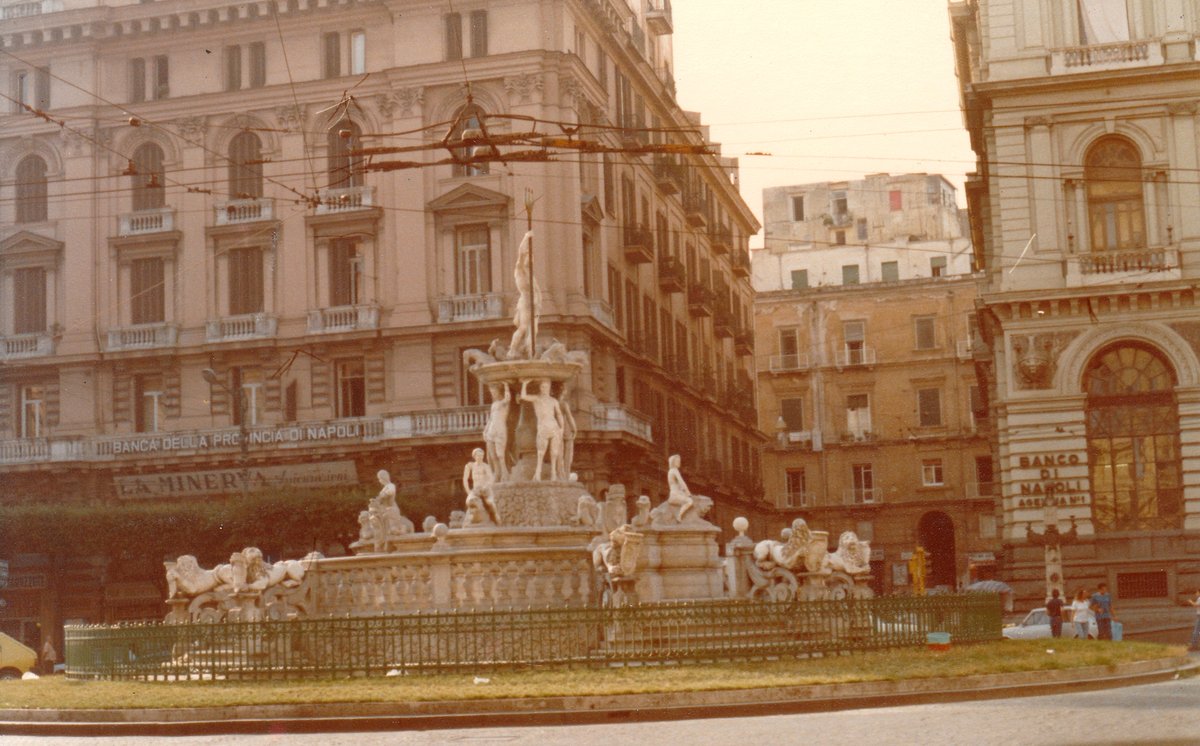
Fontana del Nettuno Naples: Visiting Hours, Tickets, and Historical Sites
Date: 19/07/2024
Introduction
The Fontana del Nettuno, or Neptune Fountain, is one of Naples’ most revered landmarks, drawing thousands of visitors annually with its intricate artistry and profound historical significance. Nestled in the bustling Piazza Municipio, this fountain is a splendid example of Renaissance and Baroque artistry. Commissioned in 1595 by the Spanish Viceroy Enrique de Guzmán and designed by the renowned architect Domenico Fontana, this monument encapsulates the grandeur of the Spanish rule in Naples. Over the centuries, it has undergone several relocations and restorations, reflecting the city’s evolving landscape and resilience (Naples Tourism).
Whether you’re a history enthusiast, an art aficionado, or a curious traveler, the Fontana del Nettuno offers an enriching glimpse into Naples’ maritime heritage and artistic legacy (Art History Journal). This guide aims to equip you with comprehensive information on the fountain’s history, visiting hours, ticket details, travel tips, and more, ensuring an unforgettable visit to this iconic monument.
Table of Contents
- [Introduction](#introductionintroduction)
- [History of Fontana del Nettuno](#history-of-fontana-del-nettunohistory-of-fontana-del-nettuno)
- [Origins and Early History](#origins-and-early-historyorigins-and-early-history)
- [Architectural Design and Features](#architectural-design-and-featuresarchitectural-design-and-features)
- [Relocations and Modifications](#relocations-and-modificationsrelocations-and-modifications)
- [Restoration Efforts](#restoration-effortsrestoration-efforts)
- [Cultural and Historical Significance](#cultural-and-historical-significancecultural-and-historical-significance)
- [Visiting Fontana del Nettuno](#visiting-fontana-del-nettunovisiting-fontana-del-nettuno)
- [Visiting Hours](#visiting-hoursvisiting-hours)
- [Ticket Information](#ticket-informationticket-information)
- [Travel Tips](#travel-tipstravel-tips)
- [Modern-Day Relevance](#modern-day-relevancemodern-day-relevance)
- [FAQ](#faqfaq)
- [Conclusion](#conclusionconclusion)
- [References](#referencesreferences)
History of Fontana del Nettuno
Origins and Early History
The Fontana del Nettuno, or Neptune Fountain, is a significant historical landmark in Naples, Italy. Its origins date back to the late 16th century, specifically around 1595, when it was commissioned by the Spanish Viceroy Enrique de Guzmán, Count of Olivares. The fountain was initially designed by the renowned Italian architect Domenico Fontana, who was known for his work on various monumental projects in Rome and Naples. The fountain was intended to symbolize the power and grandeur of the Spanish rule in Naples.
Architectural Design and Features
The original design of the Fontana del Nettuno was a collaborative effort between Domenico Fontana and Michelangelo Naccherino, a prominent sculptor of the time. The fountain features a central statue of Neptune, the Roman god of the sea, holding a trident and standing on a pedestal surrounded by sea creatures and mythological figures. The intricate carvings and sculptures reflect the artistic styles of the late Renaissance and early Baroque periods.
The fountain’s basin is adorned with four lions, each spouting water from their mouths, and the entire structure is made of marble and stone. The detailed craftsmanship and artistic elements of the fountain make it a masterpiece of Renaissance art and architecture.
Relocations and Modifications
Throughout its history, the Fontana del Nettuno has undergone several relocations and modifications. Initially, the fountain was placed in the Largo di Palazzo, now known as Piazza del Plebiscito. However, due to various urban development projects and changes in the city’s layout, the fountain was moved multiple times.
In 1629, the fountain was relocated to the Molo Grande, a prominent area near the port of Naples. This move was part of a larger effort to beautify the city’s waterfront and create a more impressive entrance for visitors arriving by sea. The fountain remained at the Molo Grande for several decades before being moved again in the 19th century.
In 1886, the Fontana del Nettuno was transferred to its current location in Piazza Municipio, one of the central squares in Naples. This relocation was part of a broader urban renewal project aimed at enhancing the city’s public spaces and making them more accessible to residents and tourists alike.
Restoration Efforts
Over the centuries, the Fontana del Nettuno has faced various challenges, including damage from natural elements, pollution, and neglect. To preserve this historical monument, several restoration efforts have been undertaken. One of the most significant restoration projects occurred in the early 21st century, when the fountain was meticulously cleaned and repaired to restore its original beauty and functionality.
The restoration process involved cleaning the marble surfaces, repairing damaged sculptures, and improving the water circulation system. These efforts were crucial in preserving the fountain’s historical and artistic value for future generations.
Cultural and Historical Significance
The Fontana del Nettuno holds immense cultural and historical significance for the city of Naples. As a symbol of the city’s rich artistic heritage and its historical ties to the sea, the fountain has become an iconic landmark and a popular tourist attraction. The presence of Neptune, the god of the sea, reflects Naples’ maritime history and its importance as a major port city in the Mediterranean.
The fountain also serves as a reminder of the Spanish influence on Naples during the late Renaissance and Baroque periods. The collaboration between Domenico Fontana and Michelangelo Naccherino highlights the fusion of architectural and sculptural talents that characterized this era.
Visiting Fontana del Nettuno
Visiting Hours
The Fontana del Nettuno is accessible to the public 24/7, making it a convenient stop for both early birds and night owls. However, it’s best to visit during daylight hours to fully appreciate the intricate details of the sculptures and carvings.
Ticket Information
Good news for travelers on a budget—visiting the Fontana del Nettuno is free of charge. There are no tickets required to admire this magnificent fountain, making it an affordable attraction for all.
Travel Tips
- Best Time to Visit: The fountain is less crowded early in the morning or late in the evening. These times are also ideal for capturing beautiful photographs in natural light.
- How to Get There: The fountain is located in Piazza Municipio, easily accessible by public transport. The nearest metro station is Municipio (Line 1).
- Nearby Attractions: While you’re in the area, don’t miss other nearby historical sites such as the Royal Palace of Naples, Castel Nuovo, and the Teatro di San Carlo.
Modern-Day Relevance
Today, the Fontana del Nettuno continues to be a focal point of Piazza Municipio and a beloved symbol of Naples. The fountain attracts thousands of visitors each year, who come to admire its artistic beauty and historical significance. It also serves as a popular meeting point for locals and a venue for various cultural events and celebrations.
In recent years, the fountain has been featured in numerous travel guides and articles, further cementing its status as a must-visit destination in Naples. Its historical and cultural importance, combined with its stunning architectural features, make the Fontana del Nettuno a true gem of the city.
FAQ
Q: What are the visiting hours for Fontana del Nettuno?
A: The fountain is accessible 24/7, but it is best visited during daylight hours.
Q: Do I need to buy tickets to visit Fontana del Nettuno?
A: No, visiting the fountain is free of charge.
Q: What are some nearby attractions to Fontana del Nettuno?
A: Nearby attractions include the Royal Palace of Naples, Castel Nuovo, and the Teatro di San Carlo.
Q: Is the fountain accessible by public transport?
A: Yes, the nearest metro station is Municipio (Line 1).
Conclusion
The Fontana del Nettuno is more than just a beautiful fountain; it is a cornerstone of Naples’ historical and cultural identity. Its intricate design, historical context, and central location in Piazza Municipio make it a must-visit for anyone exploring the city. The fountain’s rich history, from its commissioning in the late 16th century to its various relocations and restorations, mirrors Naples’ own journey through time. Today, it stands not only as a testament to the city’s artistic heritage but also as a vibrant part of its urban landscape, attracting both locals and tourists alike. Whether you’re drawn by its artistic beauty or its historical significance, a visit to the Fontana del Nettuno promises a deeper appreciation of Naples’ rich cultural tapestry. Don’t miss the opportunity to explore the surrounding attractions and immerse yourself in the vibrant atmosphere of this historic city (Cultural Heritage of Naples). For more travel tips and updates, consider downloading the Audiala mobile app or following us on social media.
References
- Fontana del Nettuno - History, Visiting Hours, Tickets, and More, 2024, Naples Tourism https://www.naples-tourism.com
- Explore the Fontana del Nettuno - History, Visiting Hours, and Tips for Tourists, 2024, Art History Journal https://www.arthistoryjournal.com
- Visiting Fontana del Nettuno in Naples - Tips, Attractions, and More, 2024, Cultural Heritage of Naples https://www.culturalheritage-naples.com

